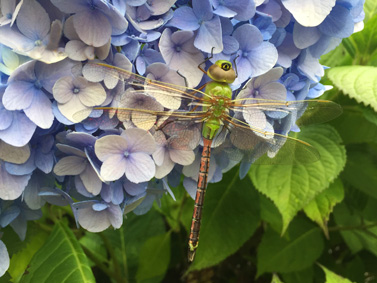Can I prune yet? Yes you can!
Back in October, we talked about waiting to prune until plants are fully dormant in order to keep them healthy and strong. Now that we’re in late winter and the sunshine is starting to peek out of the gray clouds, February-March is the best time to get back out in your garden to prune and cleanup.
A few quick tips to remember from our previous post about pruning before starting:
- Wait for a mild and dry day to prune. Pruning plants while they are wet can let diseases/fungi spread easily.
- Wait to prune late winter/early spring blooming plants until they are finished blooming and the flowers start to fade. Otherwise you might cut off all of your buds before they bloom.
- Keep your tools clean so you don’t help spread any pests or diseases.
So, what should I prune now?
Knowing what to prune at this time of year will make a big difference in your garden come spring when things start to open up and bloom. You will want to research the plants in your garden to figure out what they are, when they bloom, and any special requirements they may have.
Here is a general list of plants that may benefit from being pruned now:
- Sap producing trees such as: maple, birch, and beech trees
- Evergreen ferns, grasses, and perennials
- Herbaceous plants
Now that you know what plants are in your garden and what’s best to prune now, these pointers will help you know how to prune your plants.
- Have a plan about what the plant should look like. Remember that you want to keep the plant’s natural shape.
- There are 2 types of pruning cuts: heading and thinning. With heading cuts, you can help determine the direction of growth and thinning cuts help open up a plant and are typically the type of cuts you will be making the most.
- When doing thinning cuts, cut back to where the branch meets another branch.
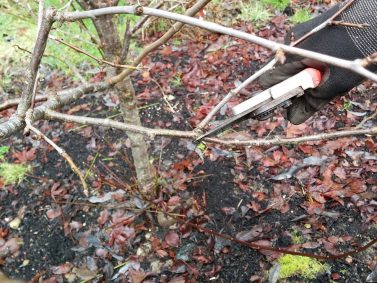
Selective thinning cut: cut the branch back to where it meets another branch. This is the best type of cut for most types of pruning.
- When doing heading cuts, cut back to a bud so you don’t leave an open stub. Note about heading cuts: they can lead to an increase in growth that you may not want or expect.
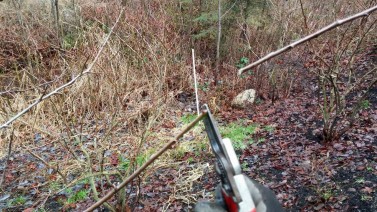
Heading Cut: Cutting off the end of a branch. There are times when this type of cut is used properly but it can lead to an increased flush of growth that is not always desired or healthy. When taking a heading cut be sure to cut to a bud so you don’t leave a stub.
- A little goes a long way. Some plants can get stressed if you cut off too much at one time so it’s best to prune lightly and focus on thinning cuts.
- Use the right tools. Have a sharp pair of bypass shears, loppers, and a pruning saw ready to go to make your job easier.
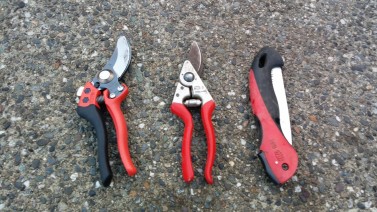
Baccho shears, Felco shears, folding pruning saw
- Remove dead/diseased branches first. You may find that after doing this step, that you won’t have to do much else.
- Look to see if there are crossing/intersecting/rubbing or downward facing branches and prune out the crossing or downward facing branches.
- For evergreen ferns, grasses, and perennials: trim these plants back to the ground. If you notice that new growth is starting to emerge, be careful not to cut it.
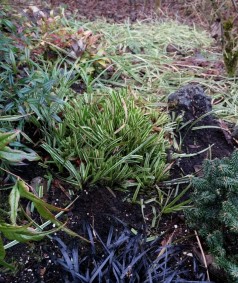
Carex ‘Ice Dance’ after cutting back
- A note about Karl Foerster Feather Read Grass (Calamagrostis x acutiflora ‘Karl Foerster’) : If you cut it back now, you will also want to cut it back again in late March/early April so it doesn’t get too big during the rainy season. This is done to prevent the grass from flopping over in heavy rainfalls.
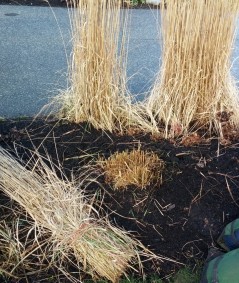
Calamagrostis after pruning
- For herbaceous plants, such as Heuchera: either rake, cut back, or simply clean out dead foliage from last year
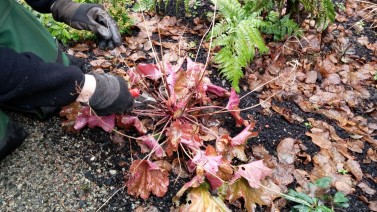
Tattered Heuchera in February
If you want more information about pruning, a great resource to consider is The Pruners Bible by Steve Bradley. It’s easy to follow, has great diagrams, and references most common garden plants including berries and fruit trees.
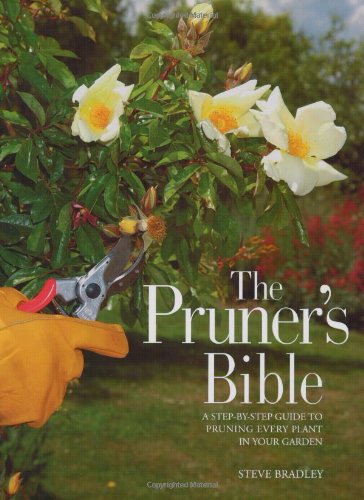
The Pruner’s Bible by Steve Bradley
We know that there can be a ton of different rules and tricks to pruning and it’s easy to get overwhelmed and intimidated but we hope that this winter pruning guide has helped clear up any worries you might have had about pruning.
What are you waiting for?! Get out there! The weather’s getting better and your garden misses you!
Do you have any other pruning questions that you’ve run into while in your garden? Let us know in the comments and we’ll answer them!
Organized under Education, Garden Maintenance, Garden Tips & Advice, Gardening Tools. Labeled as best time to prune, can i prune yet, prune, Pruning, pruning advice, pruning help, pruning tips, what should i prune now, winter pruning.


